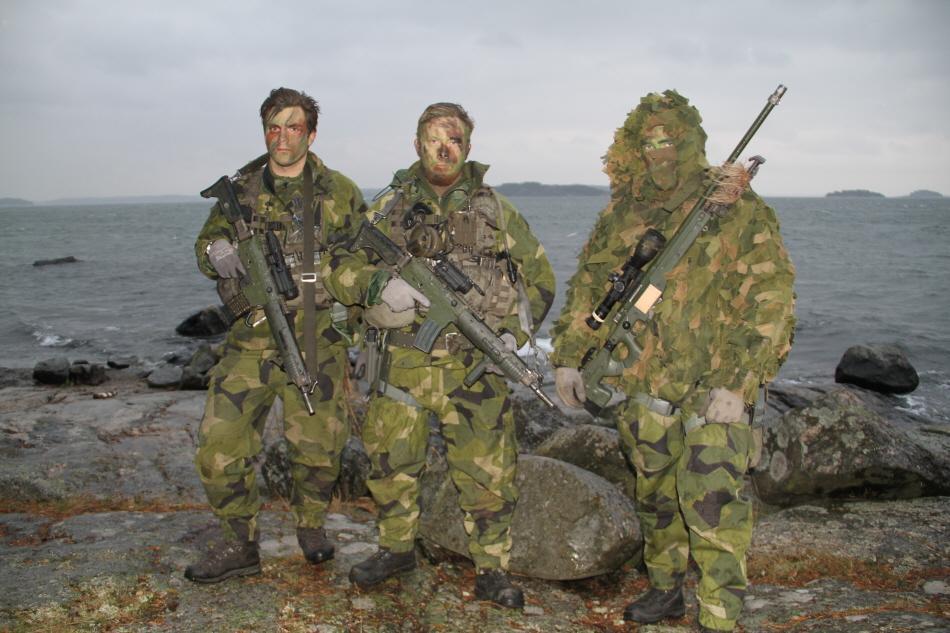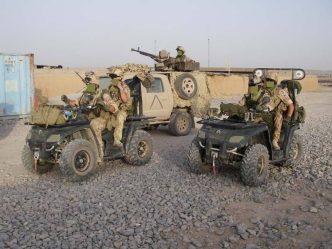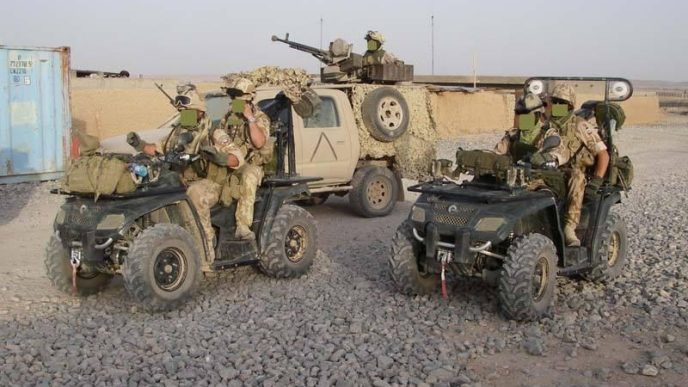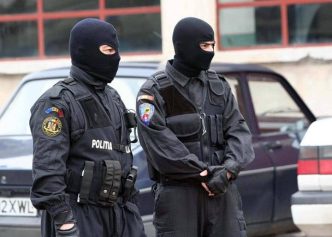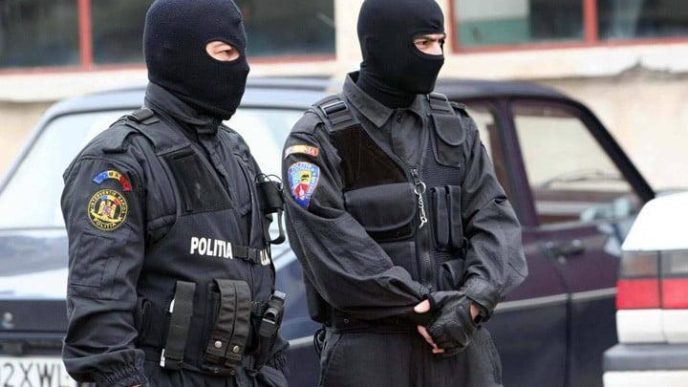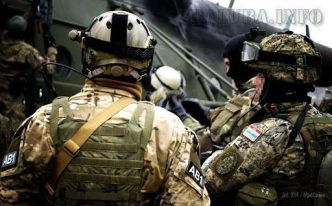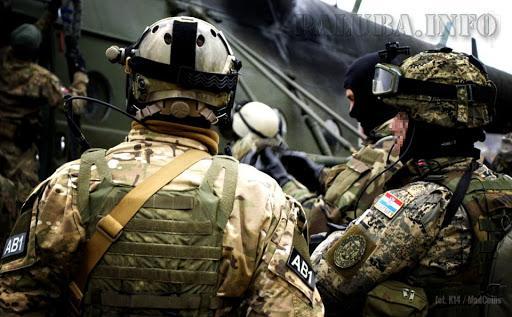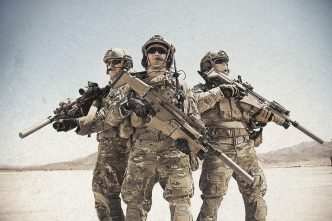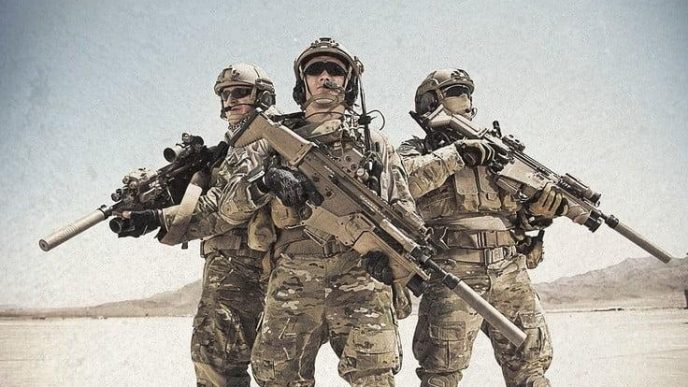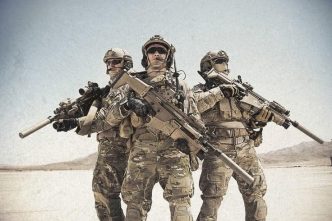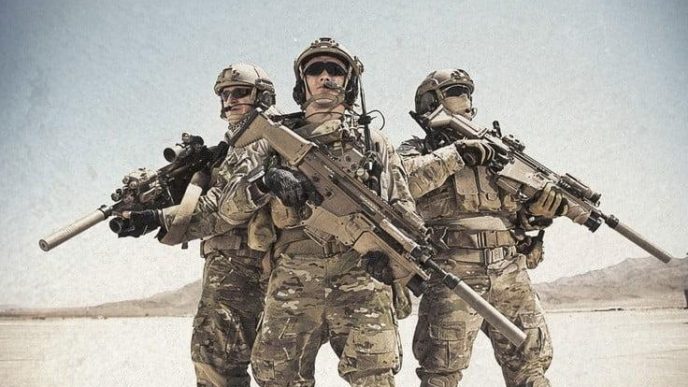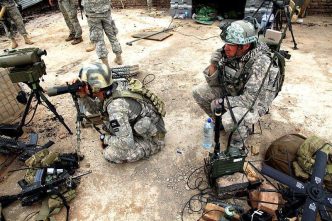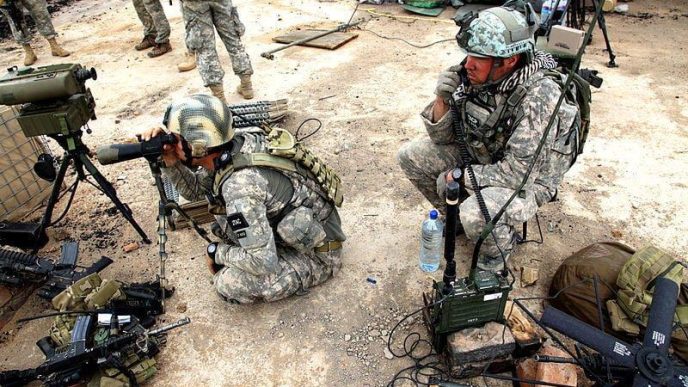The 202nd Coastal Ranger Company, also referred to as the Coastal Rangers is an elite special force unit from Sweden that forms part of the Amphibious platoon within the Swedish Navy. During the war, their primary mission would be to recapture islands and sections of the Swedish coast from an enemy invader. The Coastal Rangers, known as Kustjägarna (KJ) in Sweden, undergo a rigorous training and selection process, making them among the most highly trained units in the Swedish Armed Forces (SAF).
Introduction
The Coastal Rangers of Sweden are outfitted and prepared for insertions via the sea, primarily utilizing a high-speed assault craft known as the Stridsbåt 90 H (Combat Boat 90 Half, or CB90H). This specially designed vessel measures 15 meters in length and can reach speeds over 35 knots. It can also stop quickly and go from 35 to 0 knots within 10 meters. The Coastal Rangers are additionally trained in silent insertion techniques using specialized canoes.
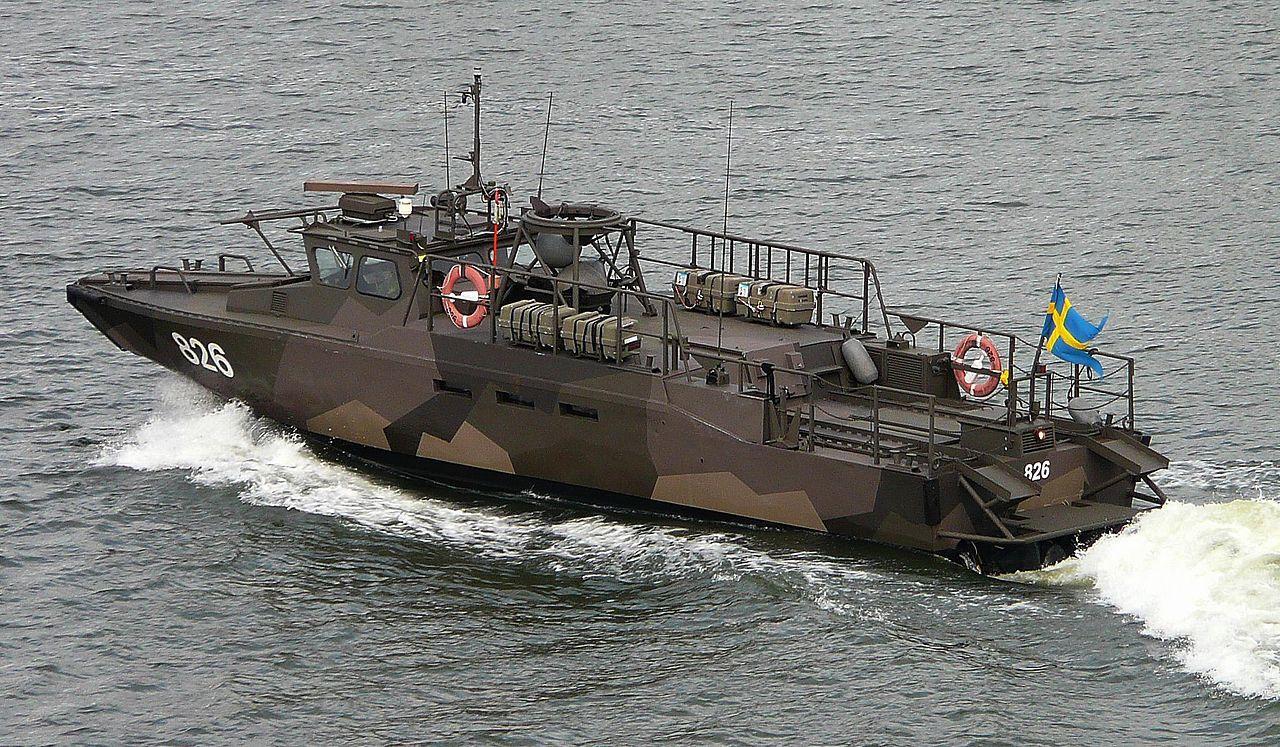
Role
As a specialized reconnaissance unit with special operations capabilities, the Coastal Rangers’ primary tasks include gathering intelligence, executing raids, and committing sabotage. They possess expertise in “brown water” or “green water operations,” which refer to operations in regions where the ocean meets land. This includes archipelagos, river deltas, major rivers, and large lakes.
The Coastal Rangers receive their training at the 1st Marine Regiment, headquartered at Berga Naval Base in east-central Sweden.
The Coastal Rangers (Kustjägarna) motto is Mod, Kraft, Spänst (“Courage, Power, Vitality”).
History
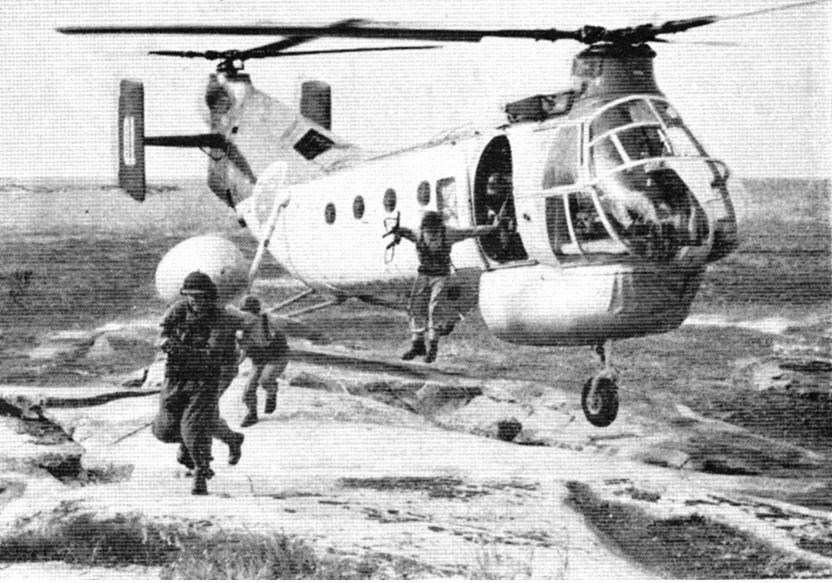
The Coastal Rangers were established on September 15, 1956, drawing inspiration from British post-World War II marine commando forces such as the Special Boat Service (SBS) and U.S. Underwater Demolition Teams. The purpose was to create a highly mobile force that could operate behind enemy lines and conduct raids against invading forces in the coastal regions of Sweden. During the latter stages of the Cold War, the Coastal Rangers were primarily used as a highly trained light infantry/commando unit whose main duties included amphibious landings and assaults.
Like the United States Navy SEALs, the Coastal Rangers of Sweden, also known as Kustjägarna, adopt the trident as their insignia. During their training, the Kustjägarna are awarded a green beret, similar to those worn by U.S. Army Special Forces, and the Ranger tab, similar to that awarded by the United States Army Ranger School.
Training and selection
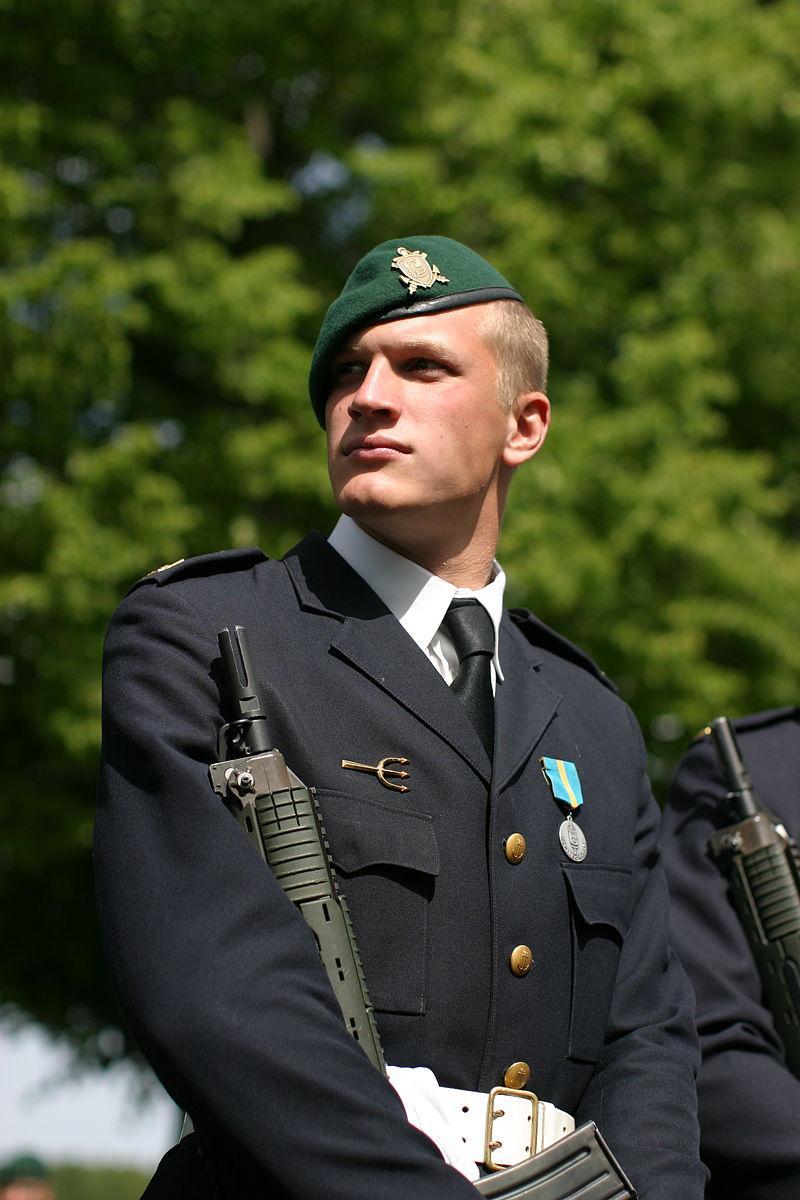
To become a member of the Coastal Rangers, candidates must pass a rigorous selection process known as the Commando selection. This includes completing a forced march, 6.5 kilometers in length, with a 20 kg backpack, to be finished within 42 minutes, and a steeplechase course over both water and land, spanning 65 kilometers with a backpack. The Ranger course includes an endurance march with a full pack and canoeing 200 kilometers for 48 hours.
The Attack Divers course at the Coastal Ranger/Commando School (Kustjaegarskolan) is a nine-month program that includes diving using Aga-Oxydive closed-circuit systems. One of the final major tests divers must pass before graduation is a two-kilometer swim between different islands, which must be completed with an accuracy of 10 meters from the starting point to the endpoint.
Organizational chart
The 202nd Coastal Ranger Company is responsible for providing intelligence to the rest of the 1st Marine Regiment. The company is divided into the Assault/Commando element and the Combat Divers Reconnaissance element (attackdykarna). Both elements possess expertise in deep reconnaissance and direct action. However, the Commando element focuses more on direct action, whereas the Reconnaissance emphasizes stealth operations more.
After the initial two months of Coastal Ranger training, individuals belonging to the Commando and Reconnaissance elements receive specialized training tailored to their assigned team tasks. Teams typically consist of 4-8 operators and are organized by specialization:
- Team Leader
- Communications Specialist
- Medic
- Demolitions expert
Each company also has support assets, including:
- Sniper/Spotter
- Fire Support
Equipment
The Coastal Rangers are outfitted with a diverse array of modern weapons, similar to those used by other elite forces worldwide with similar roles. The most common weapon among the Coastal Rangers is the Swedish AK 5, a highly modified FN FNC, often outfitted with an underslung Colt M203 grenade launcher. They also use the AK 4 (a Heckler & Koch G3 variant) and the KSP90 (FN Minimi LMG). Officers may also carry Glock 17 and Glock 19 semi-automatic pistols. Additionally, they have access to a variety of anti-tank and anti-aircraft weapons.

